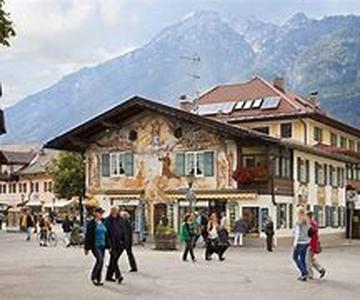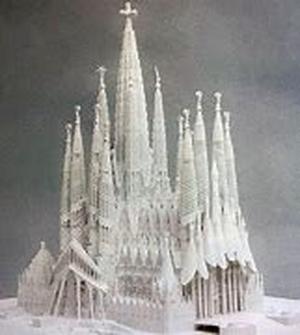
Traditions And To A Smaller Degree, With Original Amerindian Cultural Aspects. The Spanish Cultural Heritage Is Most Obvious In The National Language And Major Religion Catholicism, Although African Culture Elements Remain To Be Seen In Musical Expressions, Carnival Vibe Of Life, And In Some Cases Voodoo.The Spanish Cultural Heritage However, Remains To Be Predominantly Influential Throughout The Country And Is Also Evident In Dominican Republic Wedding Traditions. Dominican Republic Wedding Traditions Embodies The Conservative Spanish Customs Where The Man Usually Proposes To A Woman For Marriage. If The Couple Comes To A Decision To Have A Church Wedding Or Reception, Then The Preparations Are Traditionally Done By The Brides Family. Weddings Can Be Very Expensive In The Dominican Republic That Is Why Some Couples Choose To Have Smaller Gatherings Or Marry In Civil Courts, But Without Setting Aside Dominican Republic Wedding Traditions.A Lot Of People Marry In A Civil Court Of Judges Chamber Before The Bigger Celebration To Have All The Legal Documents Ready, And Then The Church Wedding Follows. Customarily, Couples Marry In Civil Courts The Morning Of The Church Wedding Day, Or Sometimes The Day Before The Church Wedding. Although Some Prefer To Do Away With The Catholic Ceremony And Just Choose A Simpler Civil Wedding.During Church Weddings, Bridesmaids And Large Wedding Parties Are Not Usually Part Of The Dominican Republic Wedding Tradition. However, A Cute Little Ring Bearer And Flower Girls Are Most Often Dressed The Same Way As The Bride And Groom, In A Smaller Scale. The Most Customary Part Dominican Republic Wedding Traditions, Nonetheless, Are The Padrinos And Madrinas Or The Godparents Of The Wedding. The Godparents Are Frequently The Father Of The Bride And The Mother Of The Groom, And Their Part Is To Serve As Witnesses To The Marriage. Besides The Couple, The Godparents Also Sign The Marriage Certificate. Another Custom Is To Have A Child, Usually A Boy, Carry The Arras Or Coins On A Silver Try, Consisting Of Thirteen Coins Usually Ten Cents Coins, And At Some Point During The Ceremony Will Be Passed To The Priest, Who In Turn Will Pass Them To The Groom, Then The Groom Will Pass It To The Bride. The Exchange Symbolizes The Couples Pledge To Provide For Each Other And To Share Equally Their Material Things. A Ceremonia Cantada Is Part Of The Dominican Republic Wedding Traditions Where Every Piece Of Music Is Actually Sung Instead Of Being Just Instrumental. Wedding Receptions, Bachelors Party Or Despedida De Soltero And Bachelorette Party Or Despedida De Soltera, Are Still All Part Of The Wedding Tradition. During The Wedding Reception, Do Not Hesitate To Leave Before The Bride And Groom, As The Newlyweds Stay Until The End Of Their Party, Any Time After The Meal. This Is Socially Acceptable Although Youll Be Missing A Lot. Lastly, There Is No Tradition About The Groom Not Seeing The Bride Before The Wedding As This Is The Time When Most Photographs Of Them Are Taken.





